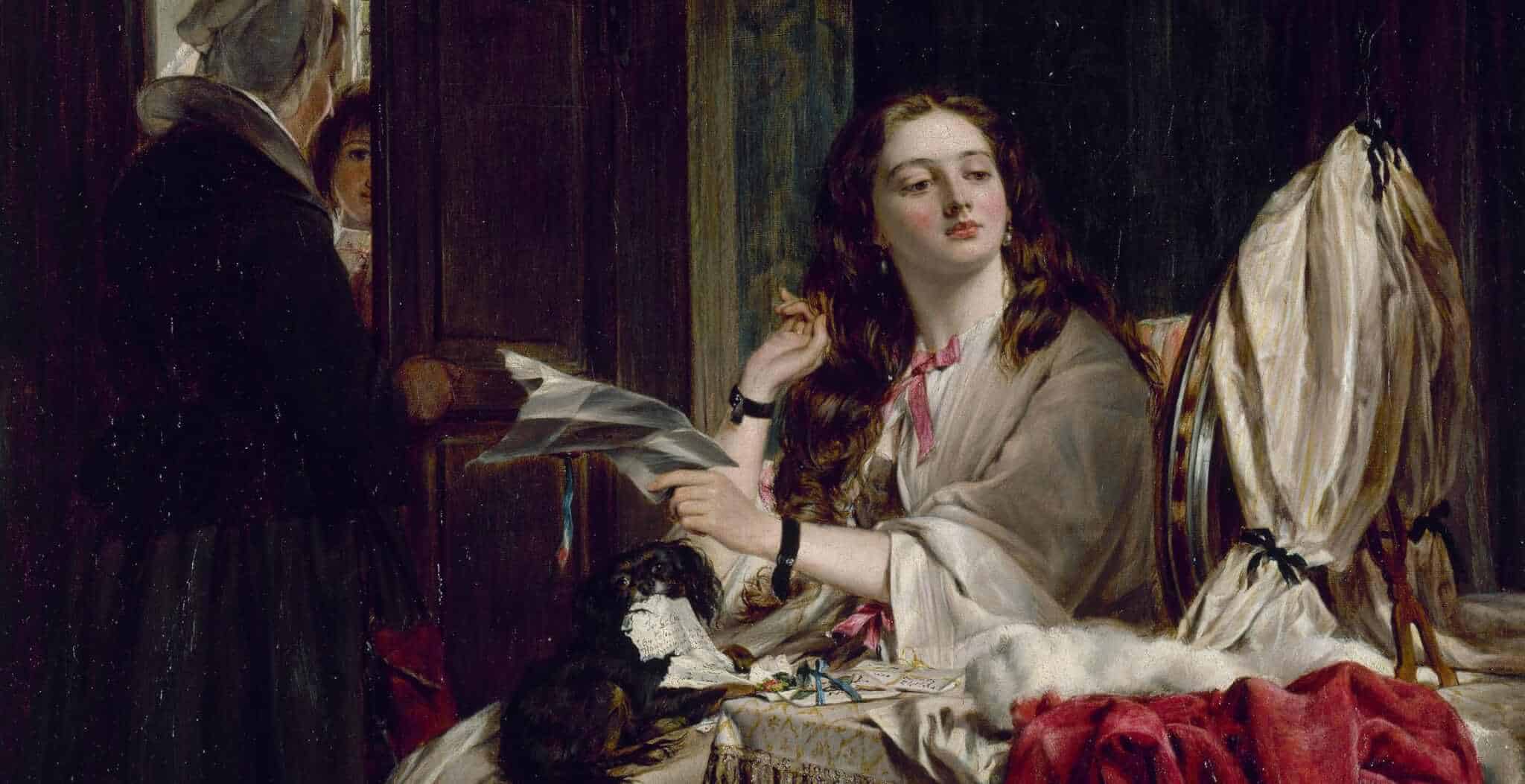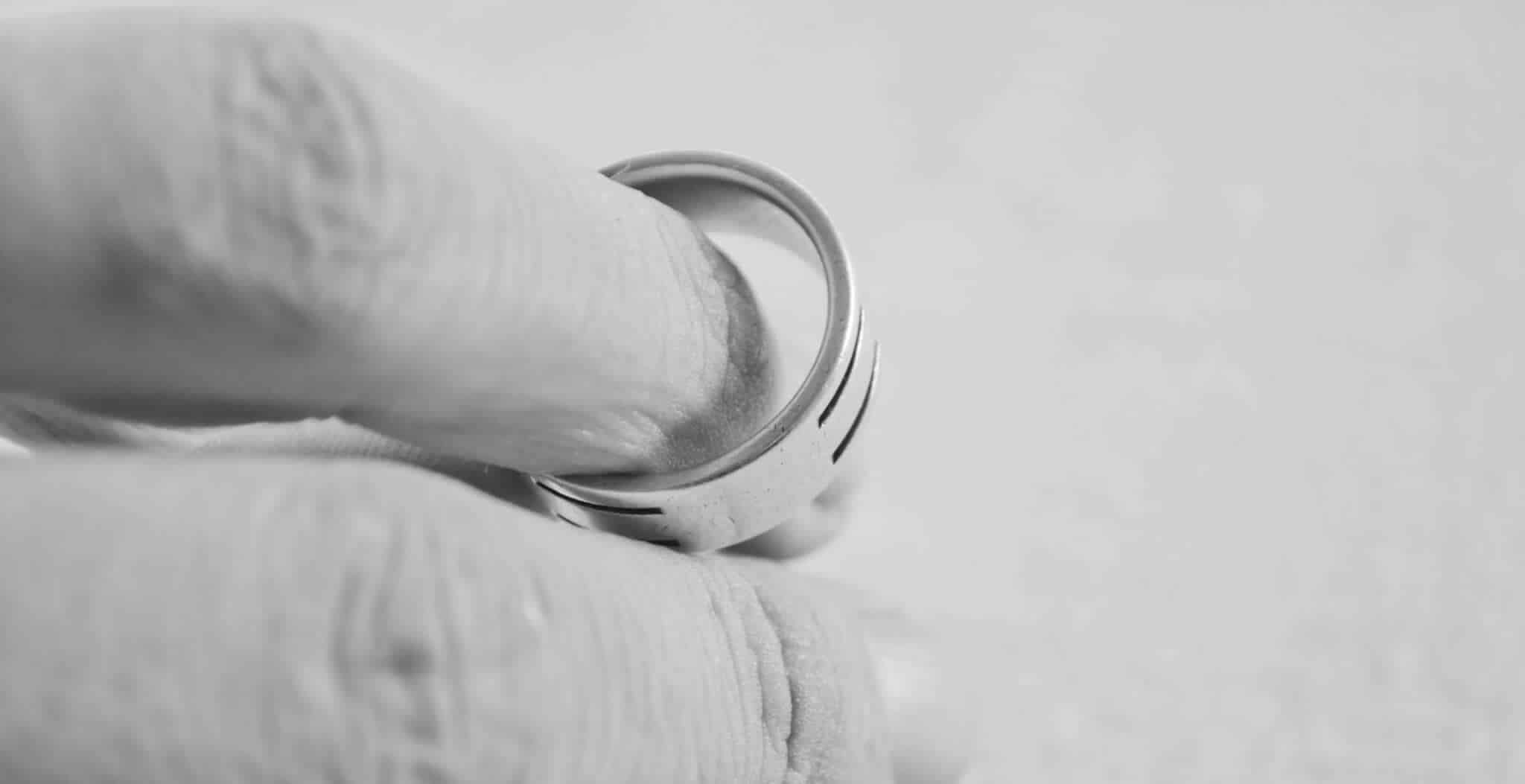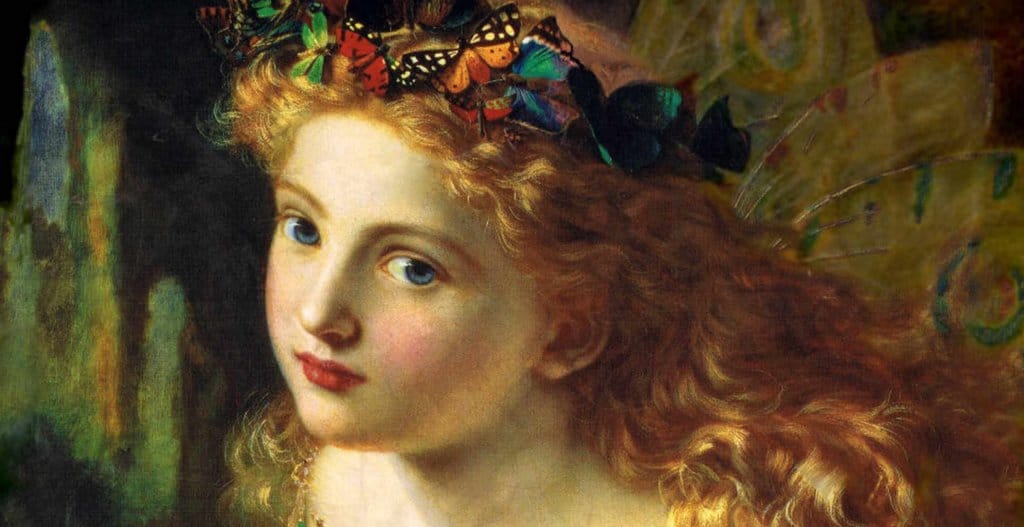The history of the St. Valentine’s Day celebrations appears to have its roots in a pagan fertility festival known as Lupercalia. Celebrated in ancient Rome between 13 – 15 February, the festival is said to have involved lots of naked folk running through the streets spanking the backsides of young women with leather whips, supposedly to improve their fertility.
Like many of the old pagan festivals, the early Christian Church appears to have highjacked the celebrations, sanitised and then reissued them with a certain amount of shall we say ‘spin’. In the two centuries that followed the death of Christ, at least two separate accounts record how early Christian martyrs, all apparently called Valentine (or, in latin Valentinus), met with their ends on 14th February.
In 496 AD, Pope Gelasius appears to have come clean by formally declaring the 14th February to be St. Valentine’s Day, now rebranded as a Christian feast day!
The first real association of St. Valentine’s Day with romantic love, or ‘love birds’, derives from Geoffrey Chaucer’s Parlement of Foules (or, ‘Parliament of Fowls’). Dating from 1382, Chaucer celebrated the engagement of the 15 year-old King Richard II to Anne of Bohemia via a poem, in which he wrote: For this was on St. Valentine’s Day, when every bird (fowl) cometh to choose his mate.
True to form though, it was a Frenchman who is recorded as sending the earliest surviving Valentine’s note to his sweetheart. Charles, the Duke of Orléans, was writing to her from his prison cell in the Tower of London following his capture at the Battle of Agincourt in 1415. In the poem the duke talks of his love for his wife and refers to her as “my very sweet Valentine”.
By 1601 St. Valentine’s Day appears to be an established part of English tradition, as William Shakespeare makes mention of it in Ophelia’s lament in Hamlet:
The passing of love-notes between sweethearts appears to have become standard practice, as in 1797, The Young Man’s Valentine Writer was first published. This contained gems of sentimental rhymes and ditties for those young gentlemen who were obviously so much in love as to not be able to think clearly enough to compose their own verse.
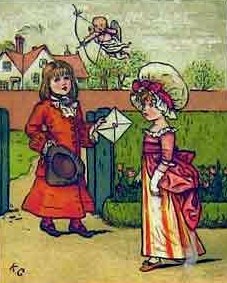
Although the Royal Mail Service had been made available to the English public since 1635, it was not until the introduction of the Penny Post in 1840 that the postal service became affordable to most ordinary folk, thus making the sending of the anonymous St. Valentine’s Day cards possible. All over the country printers started to mass-produce the mechanical valentines that we recognise today, complete with pre-prepared verses and pretty pictures. That said, the anonymity aspect of being able to send your Valentine Day cards was also responsible for introducing daring and racy verse to the otherwise prudish Victorians.
In 1847, Esther Howland of Worcester, Massachusetts, first introduced this quaint English tradition to the American public and the rest, as they say, is history… In the US alone, approximately 190 million valentine cards are now sent each year; worldwide the figure is estimated to be closer to 1 billion.
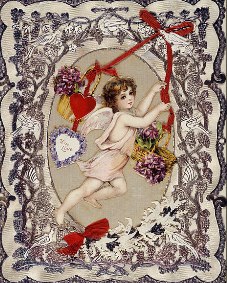
The commercial aspect of the celebrations also appears to be increasing year on year, with gifts of chocolates, flowers and even jewellery now being expected to accompany the simple St. Valentine’s Day card. Today almost half the UK population spend somewhere in the region of £1.3 billion each year on their very own special Valentine!
But of course, you are reading the account of these ancient traditions thanks to that wonderful invention known as the World Wide Web, which has spawned a whole new digital way to celebrate Valentine’s Day. Perhaps reversing the trend of those mass-produced mechanical valentines, millions of people are again creating and sending their own individual messages of love through the likes of e-cards and love coupons.
Published 31st January 2023
